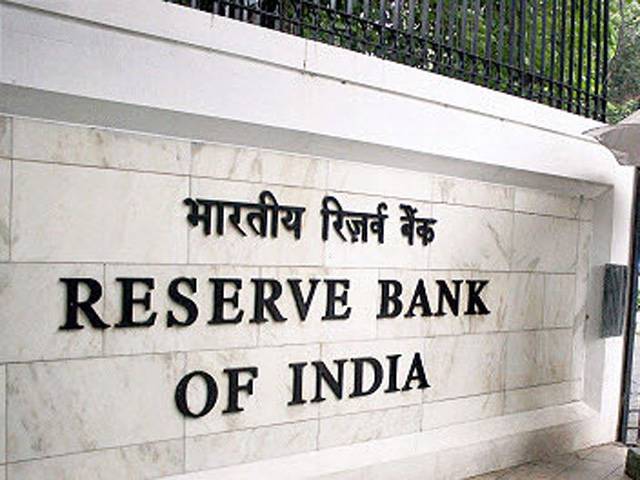Indian banks’ bad loans may rise to 8.5 percent by March 2017 – RBI

MUMBAI : Gross bad loans at Indian banks may rise to 8.5 percent of total assets by March 2017 from 7.6 percent in March 2016 if the central bank orders them to conduct a second round of asset quality reviews, a Reserve Bank of India (RBI) report said on Tuesday.
Meanwhile, under a “severe stress” situation, total bad loans could rise to 9.3 percent in March 2017, the RBI said in its semi-annual Financial Stability Report.
The RBI added that the assessments, though “stringent and conservative”, were also hypothetical, saying “the severe adverse economic conditions referred to here should not be interpreted as forecast or expected outcomes.”
The RBI last year told banks to conduct an asset quality review (AQR) in a bid to get a better picture of the extent of potentially soured assets held in the sector.
Outgoing RBI Governor Raghuram Rajan had made cleaning up banks a priority during his nearly three-year tenure given the sector is saddled with $ 120 billion of sour loans, which is constraining new lending and corporate investments.
Still, the RBI has not ordered a second round of formal tests, although it has said it would continue reviewing asset quality at banks.
“The stress in the banking sector, which mirrors the stress in the corporate sector, has to be dealt with in order to revive credit growth,” Rajan wrote in the report.
The first AQR led banks to recognise around $ 35 billion of new bad loans since September, pushing gross bad loans to 7.6 percent in March from 5.1 percent in September 2015.
Meanwhile, overall stressed assets – consisting of bad loans as well as restructured assets – rose to 11.5 percent in March from 11.3 percent six months earlier.
Though analysts believe the review has offered a more accurate picture of bad debt in the sector, it has dented profit and constrained credit growth over the past months.
This is the last Financial Stability Report under Rajan, after the former International Monetary Fund chief economist stunned the country this month by saying he would leave when his tenure ends on September 4.
But analysts broadly expect the next RBI Governor to continue the push to clean up the banking sector.
